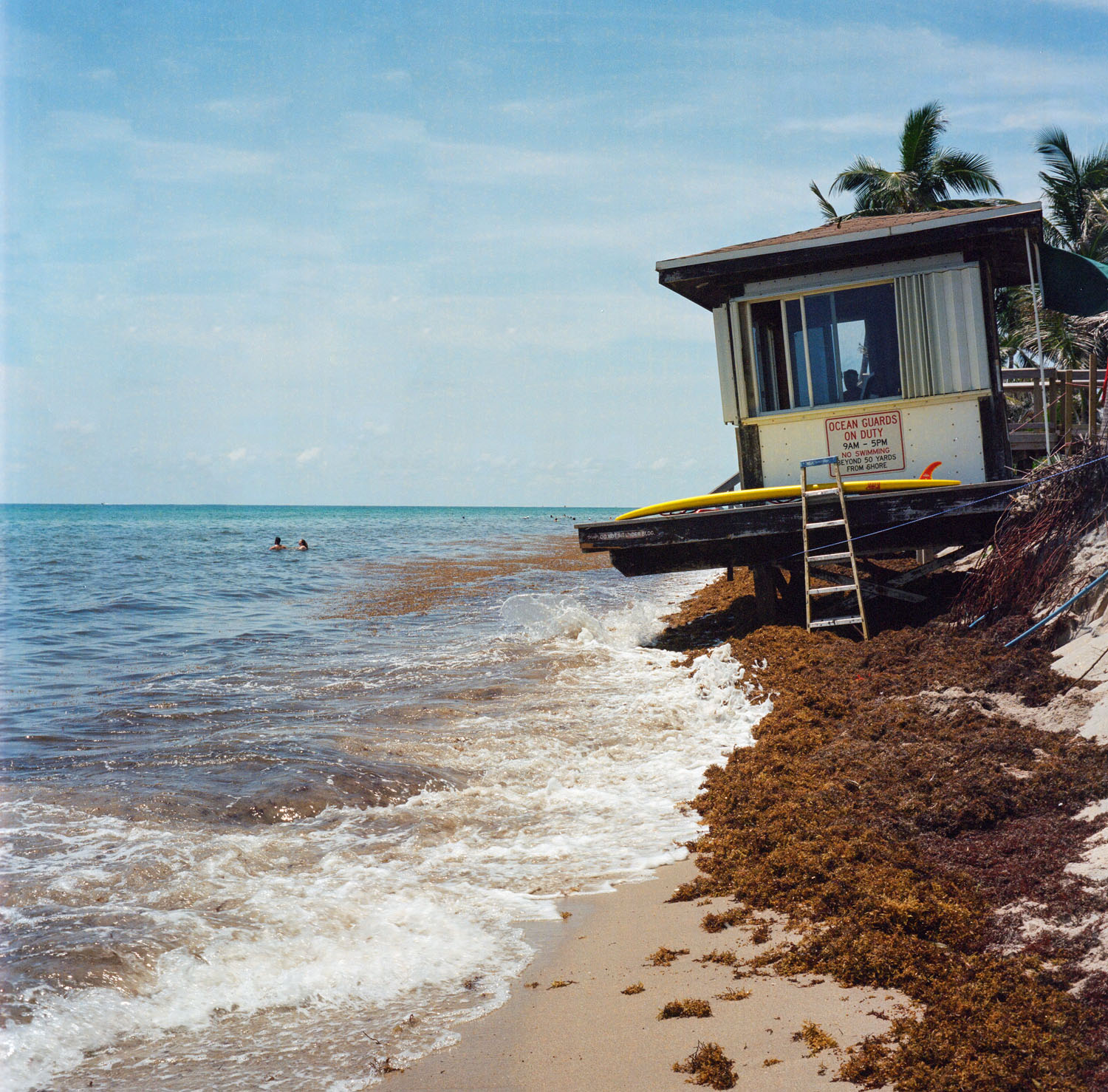Image


You should really subscribe now!
Or login if you already have a subscription.
Anna Maria Barry-Jester is a photographer and journalist who focuses on public health, the environment, and inequality. Her work has appeared in Univision, FiveThirtyEight, Center for Public Integrity, and This American Life, among others. She was a Knight Chair in Journalism at the University of Miami. She currently lives in...